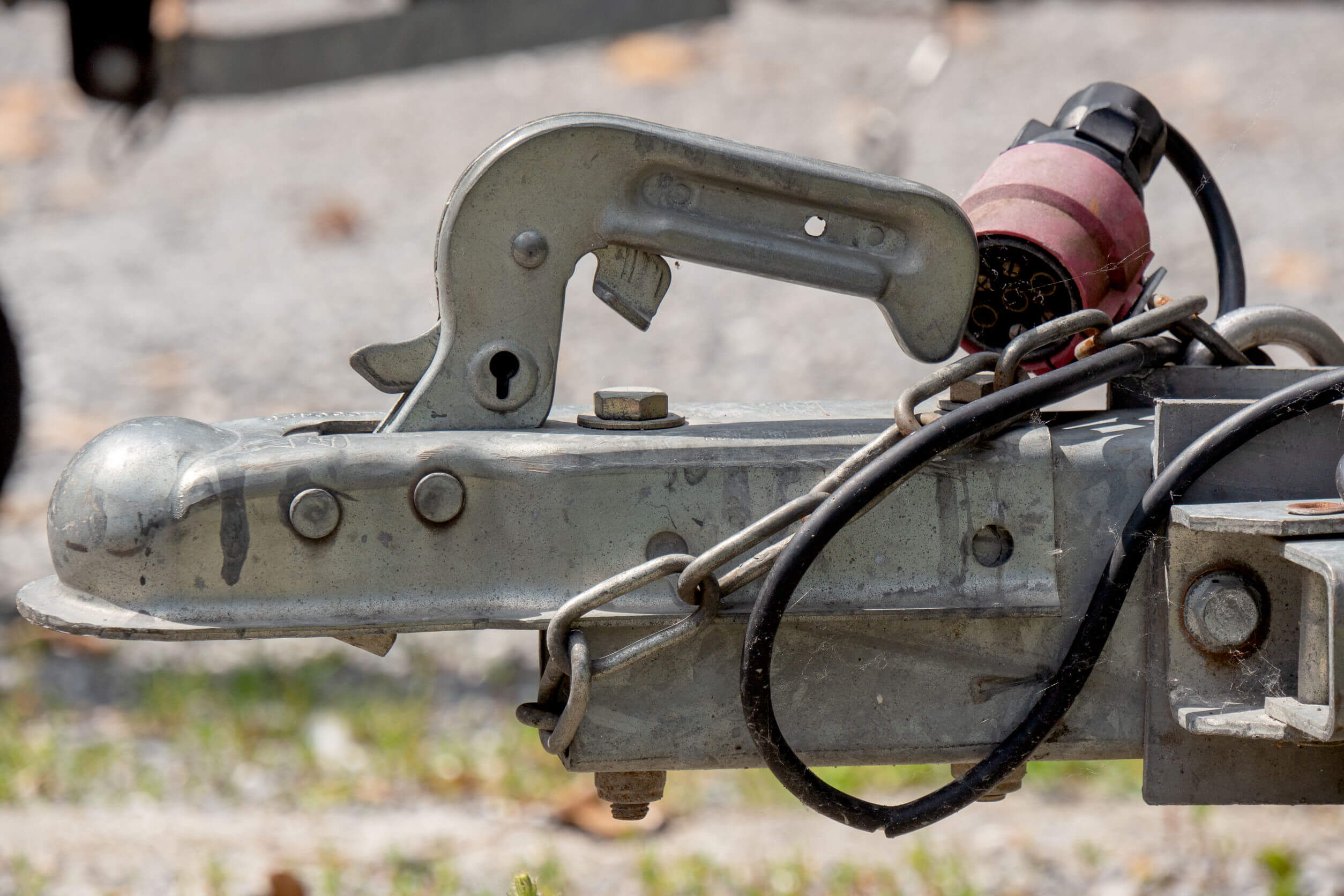
Let there be light. And there was wiring and connectors and bulbs and it was good. Yes kiddies, this time we’re going to talk all about trailer wiring and electrical stuff. I know some of you will go running screaming from the room at the mere mention of the word electrical, but trust us it really isn’t all that hard.
If for no other reason than not getting stopped by the cops, you must have working lights on your trailer just like you do on your tow vehicle. And for your safety, and the safety of the other vehicles on the road, all of those lights should work properly or you shouldn’t tow, even for a short trip across town.
Of course all new trailers come with lights and wiring already installed from the factory. But if you built your own trailer or you bought a used one that has lights missing or broken, any good trailer or RV dealer will have all of the parts and kits you need to get that trailer on the road safe and legal.
The wiring connector for most trailers has between 4 and 7 posts or blades, depending on how it’s equipped, to control basic lighting and brake functions. Smaller trailers use a four wire flat plug that controls taillights, brake lights, and turn signals. Larger trailers will have a connector with 5, 6, and 7 wires to control backup lights, electric trailer brake control, and auxiliary power.
Here’s a simple chart showing the standard color codes of the various trailer connectors:
If you stick to this format your trailer will be compatible with most trailers and tow vehicles out there. If you’re building a trailer you can buy a complete wiring kit for it and that will be the easiest and quickest way to get your trailer wired.
Once your trailer’s wiring is good to go the next thing to think about is the connection to the tow vehicle. Almost all trucks, vans, and SUVs built since the 1990’s have factory installed wiring and plugs for lighting and, in some cases, even a connector in the cab for a trailer brake controller. This makes hooking up your trailer simple as dirt.
But if you need to add some wiring and connectors it’s not that hard to splice into your vehicle’s existing wiring, IF, and that’s a HUGE “IF”, you take your time, read directions and understand basic electrical flow. But if you aren’t absolutely confident in your wiring skills you can always take it to a professional and have the work done for you.
Here’s a chart showing the standard types of trailer connectors and the color codes:
If you don’t have a factory installed towing connector, here’s a chart showing the most common locations for wiring plugs that will help you tap into the vehicle’s wiring:
And here are the most common types of trailer connectors:
7-way vehicle connector 7-way RV blade trailer connector 4-way flat wiring with both connectors
If your trailer is equipped with electric brakes you should use the 7-way RV blade connector even if you don’t have back-up lights or auxiliary power. If you don’t have electric trailer brakes you should be okay with just the flat four-way connector.
If you’re equipping an older vehicle for towing most of the wiring you need is right there in the taillights. The exception will be the connection for electric trailer brakes. However, if you have a vehicle that is not factory equipped for towing you will need to change more than just lighting before towing a trailer that is large enough to have electric brakes.
You will most likely have to remove one taillight to gain access to the wiring and the color codes on the vehicle will probably be different than the trailer plug. The best thing to do is to get the wiring schematic for your vehicle. (These are sometimes available on line.) If you have a voltmeter that is also a good way to determine which wire is which.
Remember to carefully tag and label each wire so you can keep track of what you’re doing and use a good quality tap connector like these to make those splices.
Here’s a tip for you:
We here at 4 Wheel Parts are ready and waiting to help you with any of your towing questions or problems. You can call us any time or stop in at any of our stores and speak to our expertly trained staff. We already know how to solve most of your problems because we’ve already “been there and done that”!










2